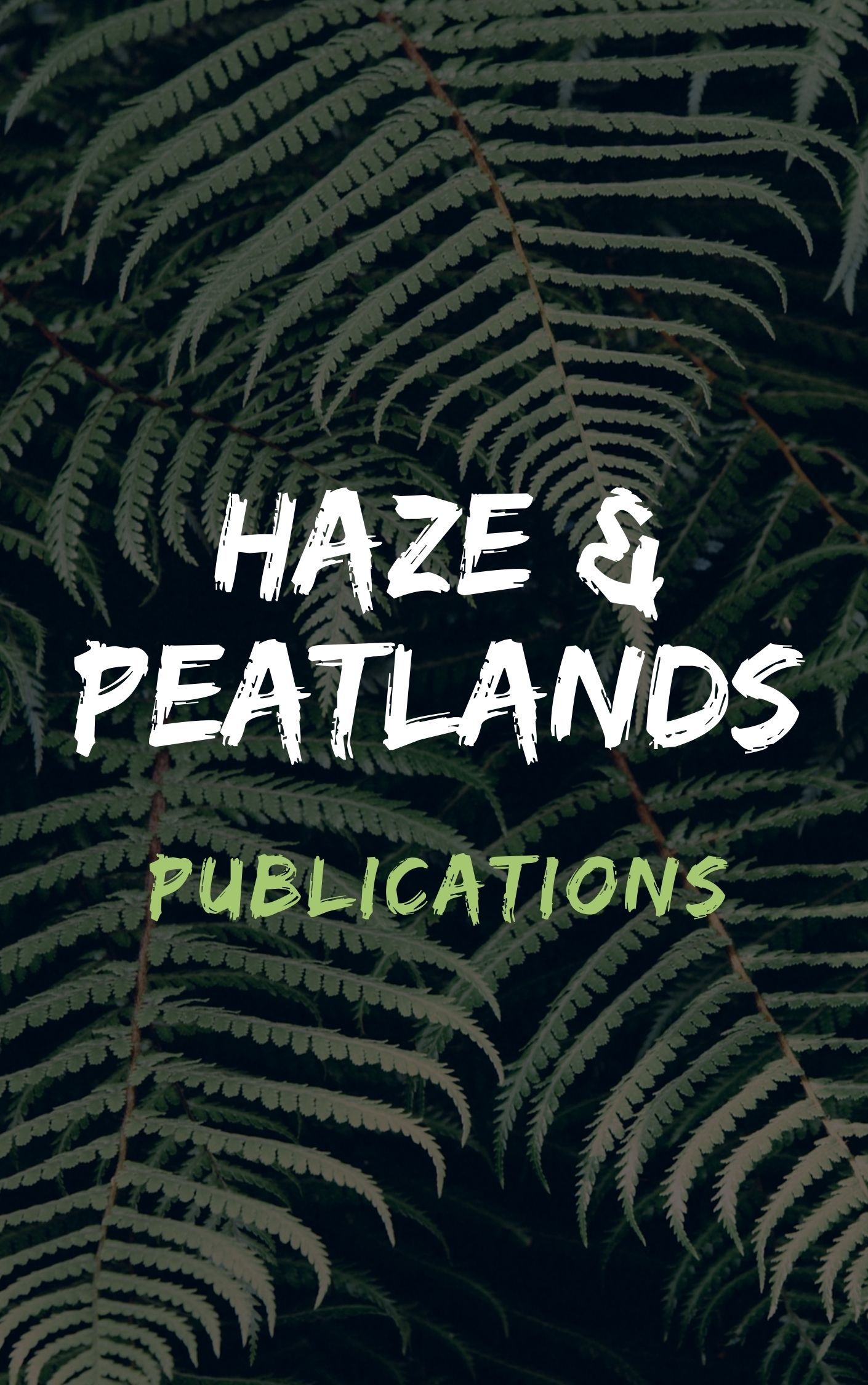Kotawaringin Barat is a high-risk area for forest and land fires; a total of 564.13 km(2) of forest land was burned from 2015 to 2022, the majority of which spread to peatlands. The goal of this contribution is to use the information value method (IVM) to construct forest and land fire spatial susceptibility maps for the Kotawaringin Barat regency. MODIS hotspots from 2016 to 2020 were used as the dependent variable, with six independent variables included in the modeling. According to the data, there were 925 hotspots detected in Kotawaringin Barat between 2016 and 2020. The areas closest to rivers and roads are more susceptible to forest and land fires, while the areas closest to settlements are safer. Flat slopes have an IVM of 0.697, while peatlands have an IVM of 0.667, making them the most susceptible to forest and land fires. Furthermore, the most susceptive land covers are swamps (IVM = 1.071) and shrublands (IVM = 0.024). According to the IVM model of susceptibility mapping, Kotawaringin Barat is categorized as very high (18.32%) and high (27.97%) risk. About 33.57% of the study area is classified as moderately susceptible, while the remaining 20.14% is classified as low risk. The accuracy of the IVM for forest and land fires is 66.87% (AUC), indicating that the model can be used for susceptibility assessments particularly for very high to high susceptibility areas.
View source

